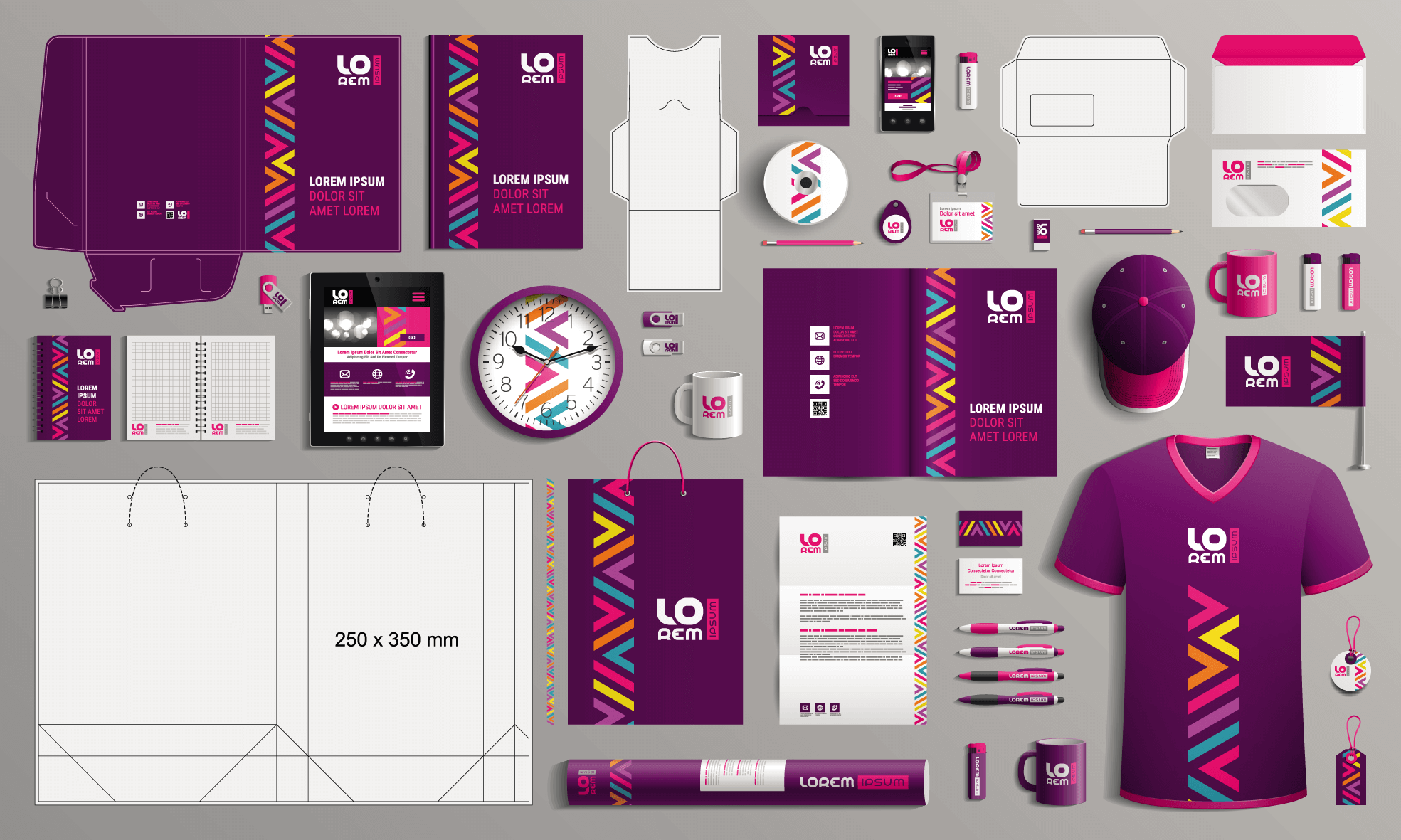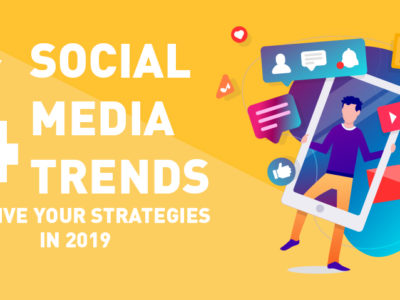Open your desk drawer. Look at the collection of pens assembled inside. Among the blank, featureless writing utensils bought in bulk, you might find one labeled with a colorful, familiar image: the logo of a particular company.
You might not remember where you got this pen. Did it come in the mail? Was it handed out at an event you attended? Regardless, just seeing that logo makes you think about the business in question. You remember their product, and realize that you happen to be running low. You check today’s mail to see if they’ve sent you any coupons – and, when it turns out they have, your mind is made up.
Before you even become fully aware of your thought process, the order is placed. You’ve made a bulk purchase, spending quite a lot, yet saving yourself a great deal thanks to several coupons – and all because you happened to look at a particular pen.
It seems unreal – but, sometimes, it truly can be that simple. Branded promotional material, physical items featuring your company’s name and logo, can remind your customer of your business long after your interaction with them. This, in turn, can lead to long-lasting relationships as you become their first choice when they require your product or service.
However, not all promotional products are created equal. In order to use promotional materials as part of your effective marketing strategy, you must choose items which are:
- Appealing to your target audience
- Useful in daily life
- Easy to distribute
- Within your company’s budget
This guide will examine each of these four qualifications in greater depth in order to help you implement a promotional material-based marketing strategy which works for your business’s specific needs.
Appealing
It may be tempting to simply start by copying the most common branded items you’ve seen around. However, doing this ignores one key factor: your materials need to match the interests of your audience. If your product is primarily enjoyed by people in their 50s and older, branded fidget spinners won’t make much headway. Similarly, if your audience is made up of children under 16, they won’t have much use for planners or memo pads.
Start out with market research to figure out which demographics are most drawn to your offerings. Then, tailor your branded materials specifically to the needs or wants of this group. Children will be attracted by toys, while an older, working adult group will prefer functional items that don’t clog up their house.
Useful
In this age of bursting landfills and minimalist attitudes, it’s all too easy for a branded product to be immediately thrown away or put aside and forgotten. You will make the best impression with potential customers if you choose items which serve a function, rather than simply taking up space.
Additionally, items which are useful on a day to day basis are preferable to those with niche functions or one-use disposable products. This will give your business a boost by constantly keeping your logo front and center in the customers’ eyes and minds.
The pens mentioned in the introduction are a good example. Most people keep writing utensils with them in purses, desks or pockets. The pen will remind them of you on a daily basis. Other generally useful items include planners, calendars, mugs, drink holders or “koozies,” and tote bags.
Printed items such as calendars, notebooks and planners provide an additional bonus because they’re a great vehicle for including coupons or promotional codes. Your customers will love being greeted with a monthly discount each time they turn the calendar page!
Easy to Distribute
Before deciding on each type of promotional material, make sure you have figured out how to get it into your customers’ hands. In general, small, lightweight objects such as pens and keychains are easy to hand out in person, while flat paper materials like calendars can be mailed.
Trade shows and local community events such as fairs, festivals or flea markets are great places to hand out large quantities of branded materials. They are highly associated with “swag” and most customers will arrive prepared and excited to receive free items. This makes it even more likely that they will hang on to your offerings rather than tossing them.
However, they’re more likely to take something they can easily carry and won’t be a burden or distraction as they walk around the event. Avoid anything heavy, awkward or bulky. To truly become the most popular booth, why not solve their storage problem by handing out branded tote bags?
When attending these events, you should also consider weight and storage space needs. A bulk order of T-shirts or Frisbees will require much more space than lanyards or notepads. This is an important factor as many events offer only limited booth space. If you must transport your materials any great distance, avoid breakables such as plates or mugs.
Affordable
Lastly, you need to ensure that any branded material you choose to purchase is well within your company’s marketing budget. Ordering in bulk can seem prohibitively pricey. For this reason, it is often recommended that small businesses start with singular large items such as banners and signs before moving on to distributable “swag”.
While distributable items should ideally be a future goal, banners are less expensive and can be used to establish your company’s eye-catching, attention-grabbing logo. A logo maker can be a useful tool in creating a polished design before having it printed on banners. Plus, having banners made can help develop a positive relationship with a printing company. This way, when it comes to printing in bulk, you will already have someone to work with – and possibly even earn loyalty discounts!
Wrapping Up
Branded promotional materials are far from a thing of the past. In today’s digital world, they are a physical reminder of the genuine connection which can exist between your brand and your customers. There is truly no better way to remain at the forefront of your customers’ minds than by becoming a part of their household and daily routine.




